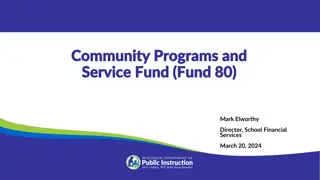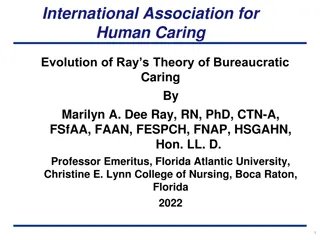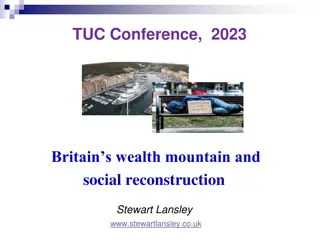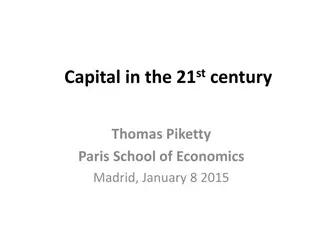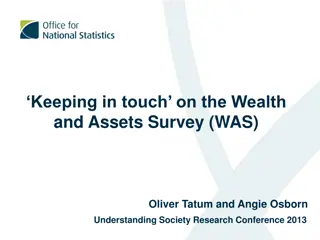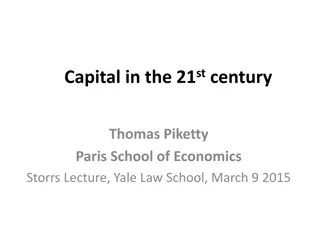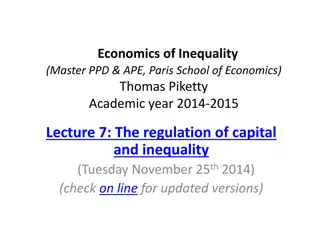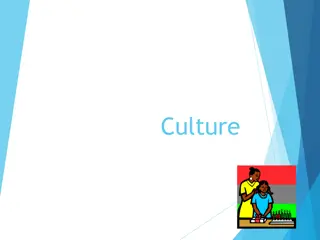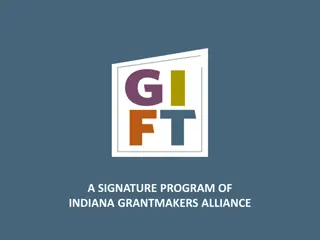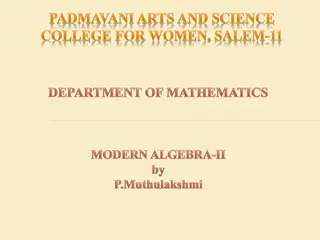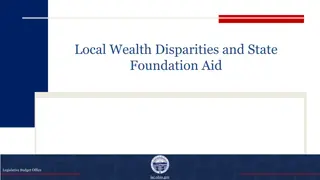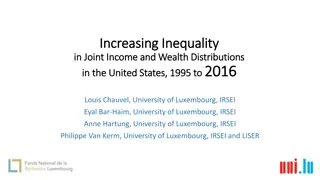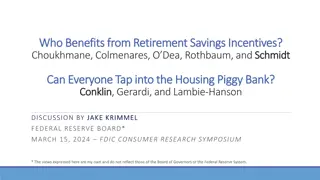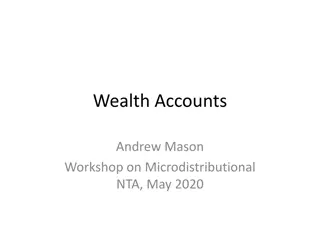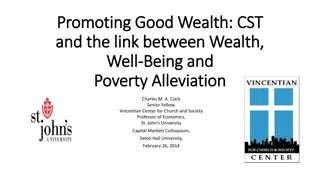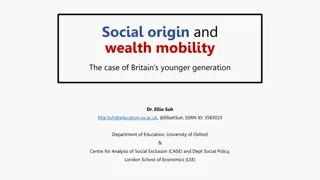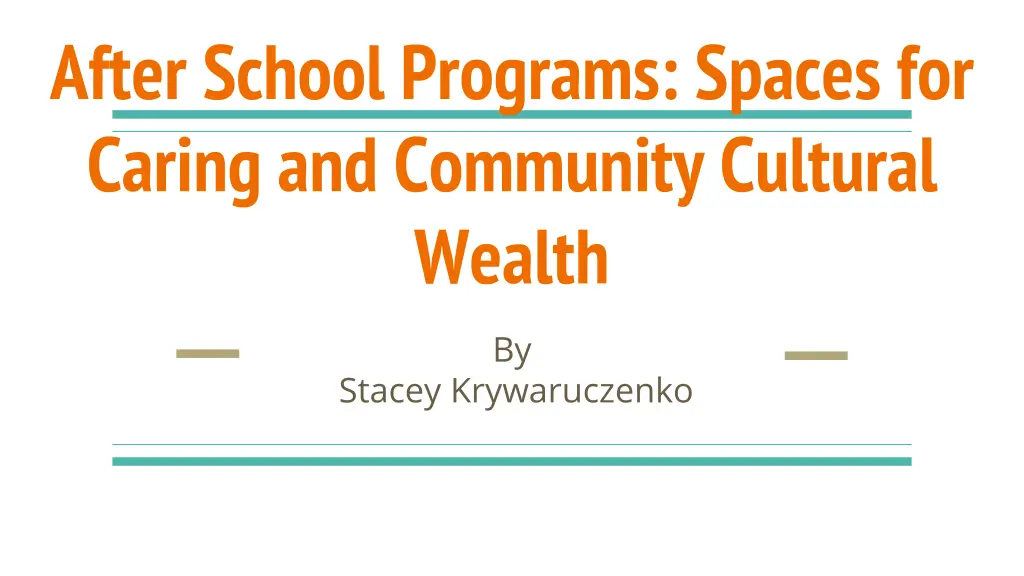
Understanding the Impact of After-School Programs on Youth Empowerment
Explore the significance of after-school programs in fostering caring environments and community cultural wealth for youth. Delve into research on the effectiveness, missing elements, care definitions, and strategies for better meeting the needs of Latino/a students.
Download Presentation

Please find below an Image/Link to download the presentation.
The content on the website is provided AS IS for your information and personal use only. It may not be sold, licensed, or shared on other websites without obtaining consent from the author. If you encounter any issues during the download, it is possible that the publisher has removed the file from their server.
You are allowed to download the files provided on this website for personal or commercial use, subject to the condition that they are used lawfully. All files are the property of their respective owners.
The content on the website is provided AS IS for your information and personal use only. It may not be sold, licensed, or shared on other websites without obtaining consent from the author.
E N D
Presentation Transcript
After School Programs: Spaces for Caring and Community Cultural Wealth By Stacey Krywaruczenko
Training Agenda 1.Introduction-How did I get here? 2.Why afterschool programs? 3.What s missing from the research regarding afterschool programs? 4.How is care defined? 5.What is community cultural wealth? 6.How can afterschool program staff transform afterschool programs to better meet the needs of Latino/a students?
Soundtrack of Life 1. Past a. Chicago b. College/Americorps c. Grad School d. Sonoma County YMCA 2. Present a. Youth Connections 3. Future
Afterschool Program Effectiveness Since the industrial age, the hours of 3-6pm have been seen as the riskiest hours for youth in the US. Currently, 10.2 million youth participate in these programs, (19.4 million still would like to be enrolled) and over 1 million dollars is budgeted towards these programs. The programs provide students with the following: safety, positive relationships, academic support, social and emotional development.
Whats missing? Research shows that after school programs are highly effective. Research does not demonstrate the quality of care that students are receiving and the impact it has on students.
Nel Noddings Theory of Care Schools focus on test scores Care is a relationship Carer Cared for Classrooms should be spaces where students learn how to care for: One another Themselves Their communities
Community Cultural Wealth Model Cultural Capital Theory- an accumulation of cultural knowledge, skills and abilities possessed and inherited by privileged groups in society Yosso (2005) argues that too often scholars are turning toward deficit thinking about Communities of Color. . Yosso (2005) defines community cultural wealth as the array of knowledge, skills, abilities and contacts that are invaluable for resisting macro and micro-forms of oppression. Communities of Color have many forms of capital: linguistic, familial, resistant, social, aspirational, and navigational.
Community Cultural Wealth Continued Example of opposition to Latino/a cultures https://www.youtube.com/watch?v=w8MPdRr-6n8
Gallery Walk Around the room, there are posters with an example of each kind of cultural capital. For this activity, you will walk around to each poster, read the example provided and comment on what is said. Your comment can be whatever you would like it to be.
Best Practices for Latino/a Students 1. Relationships: a. Hard-caring-facilitators in classrooms have high academic expectations while also demonstrating that they care. i. Facilitators are caring; they take their time out with the students. Make sure they re passing their classes. If you re not passing they stay after school knowing they could be doing other things. Cause most of the teachers take out their time and stay here with you and make sure you got the work down. (p. 424) b. Personalismo-emphasis on caring relationships that mirror that of family. i. staff transcend the boundaries of traditional schooling and create social conditions and relationships that are more aligned with students cultural orientations and which overlap with extended family life (p. 421) c. Beacons Study i. When talking about positive relationships, youth describe adults as their mentors, confidants and mediators. Beacons staff are able to relate with youth through their own life experiences. Many staff members have had the same struggles and provide advice that youth use to navigate their struggles. These adults were also excellent confidants and mediators of conflict who really listened to youth and made their opinions feel valued.
Best Practices for Latino/a Students 2. Safe and Supportive Environments: a. Positive Culture i. Culture of Dialogue-allowing for students and teachers/facilitators to dialogue reshapes power dynamics and promotes relationship building. ii. Create Forums for Student Voices/Marginalized Youth-create spaces where students can talk about their personal life experiences, and also evaluate their schooling. iii. participants share in ownership in the design of program activities, participants express opinions and feedbacks in surveys or group discussions regarding what they want to learn and participants can reflect on learning experiences ( Quality Standards for Expanded Learning, 2014, p10). b. Communication-staff who communicate respectfully to students make students feel comfortable i. Positive behavior management(praise, and conflict resolution methods) c. Student Safety
Best Practices for Latino/a Students 3. Curriculum a. Student histories and identities i. Create projects that allow for students to explore their familial histories and personal identities. b. Social Justice Education Project i. the distinction between remedial coursework and a challenging, socially-relevant curriculum is that Validia realized that social justice activism could benefit both herself and her community, whereas remedial education was not about change. Addressing problems of injustice gave her a different perspective of education one in which learning meant gaining knowledge for change (pp.91-92).
Final Activity 1.Join people from your after school program. 2.Each group is going to get a quote from a focus group/interview of students from John Reed Elementary School s After School Safety and Enrichment Program. From these quotes, reflect on ways that you can change or recreate part of your after school program to mirror what these students are expressing. 3.We will then discuss as a group your findings.
References After School Programs in the 21st Century: Their Potential and What it Takes to Achieve It. (2008, February). Harvard Family Research, (10), 1-10. America After 3pm: AfterSchool Programs in Demand. (n.d.). After School Alliance, 1-40. Retrieved from http://afterschoolalliance.org/documents/AA3PM-2014/AA3PM_National_Report.pdf Antrop Gonz lez, R., & Jes s, A. D. (2006). Toward a theory of critical care in urban small school reform: Examining structures and pedagogies of caring in two Latino community based schools 1. International Journal of Qualitative Studies in Education, 19(4), 409-433. Burciaga, R., & Erbstein, N. (2012). Generating Hope, Creating Change, Searching for Community. Associating Of Mexican-American Educators, 6(1), 24-33. Cammarota, J. (2007). A Social Justice Approach to Achievement: Guiding Latina/o Students Toward Educational Attainment With a Challenging, Socially Relevant Curriculum. Equity & Excellence in Education, 40(1), 87-96. Denicolo, C. P., Gonz lez, M., Morales, S., & Roman , L. (2015). Teaching Through Testimonio: Accessing Community Cultural Wealth in School. Journal of Latinos and Education, 14(4), 228-243. Halpern, R. (2002, March). After School Programs in the 21st Century: Their Potential and What it Takes to Achieve It. (2008, February). Harvard Family Research, (10), 1-10. Teachers College Record, 104(2), 178-211. Hirsch, B. J. (2005). A place to call home: After-school programs for urban youth. Washington, D.C.: American Psychological Association. Kirshner, B., O'Donahue, J., Mclaughlin, M., & Strobel, K. (2008). Qualities That Attract Urban Youth to After-School Settings and Promote Continued Participation. Teachers College Record, 110(8), 1677-1705.
References Luna, N. A., & Martinez, M. (2013). A Qualitative Study Using Community Cultural Wealth to Understand the Educational Experiences of Latino College Students. Journal of Praxis in Multicultural Education, 7(1). Noddings, N. (2005). The challenge to care in schools: An alternative approach to education(2nd ed.). New York: Teachers College Press. Quality Standards for Expanded Learning in California: Creating and Implementing a Shared Vision for Quality (pp. 1-21, Rep.). (n.d.). California Department of Education. Riggs, N. R., Bohnert, A. M., Guzman, M. D., & Davidson, D. (2010). Examining the Potential of Community-Based After-School Programs for Latino Youth. American Journal of Community Psychology, 45(3-4). Rodriguez, L. F. (2012, January). Everybody Grieves, but Still Nobody Sees : Toward a Praxis of Recognition for Latina/o Students in U.S. Schools. Teachers College Record, 114, 1-31. Rodriguez, L. F., & Oseguera, L. (2015). Our Deliberate Success: Recognizing What Works for Latina/o Students Across the Educational Pipeline. Journal of Hispanic Higher Education, 14(2), 128-150. *, T. J. (2005). Whose culture has capital? A critical race theory discussion of community cultural wealth. Race Ethnicity and Education, 8(1), 69-91. doi:10.1080/1361332052000341006

